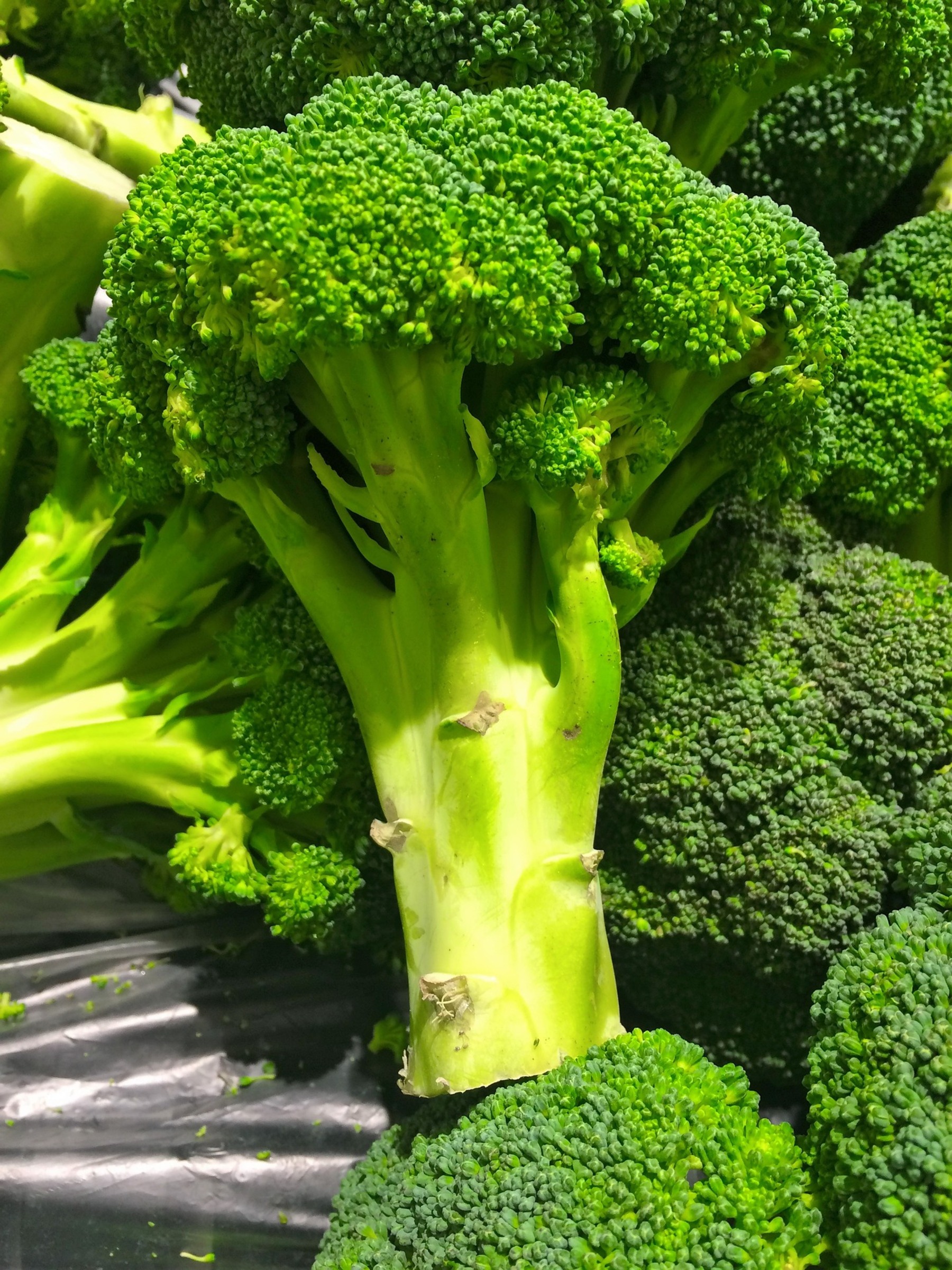Unlocking the Power of Sulforaphane: The Incredible Benefits Found in Broccoli
By Sarah's Village

Broccoli – it's not just a vegetable; it's a powerhouse of nutrients, with one particular compound stealing the spotlight in recent years: sulforaphane. This mighty compound, found abundantly in broccoli and other cruciferous vegetables, has been the subject of extensive research, uncovering a plethora of health benefits that may surprise you.
What is Sulforaphane?
Before we delve into its benefits, let's understand what sulforaphane is. Sulforaphane is a natural compound that belongs to a group of phytochemicals known as isothiocyanates. It's formed when the enzyme myrosinase interacts with glucoraphanin, a precursor compound found in broccoli and other cruciferous veggies like kale, cabbage, and Brussels sprouts, particularly when they're chopped or chewed.
The Benefits of Sulforaphane:
1. Antioxidant Powerhouse: Sulforaphane is a potent antioxidant, meaning it helps protect cells from damage caused by free radicals. This oxidative stress is implicated in various chronic diseases, including cancer, heart disease, and neurodegenerative disorders. By scavenging free radicals, sulforaphane may help reduce the risk of these conditions.
2. Anti-Inflammatory Properties: Chronic inflammation is at the root of many health problems, from arthritis to cardiovascular disease. Studies suggest that sulforaphane possesses anti-inflammatory properties, helping to quell inflammation and mitigate its harmful effects on the body.
3. Cancer Prevention: Perhaps one of the most promising areas of research on sulforaphane is its potential role in cancer prevention and treatment. Preclinical studies have shown that sulforaphane may help inhibit the growth of cancer cells, induce apoptosis (programmed cell death), and disrupt pathways involved in tumor development.
4. Detoxification Support: Sulforaphane is a potent inducer of phase II detoxification enzymes in the body, which play a crucial role in the detoxification of harmful substances. By enhancing the body's detoxification pathways, sulforaphane helps rid the body of toxins and promotes overall health and well-being.
5. Neuroprotective Effects: Emerging research suggests that sulforaphane may have neuroprotective effects, potentially offering benefits for brain health and cognitive function. It's been studied for its potential to reduce neuroinflammation, protect against oxidative stress, and even improve symptoms in conditions like Alzheimer's disease and Parkinson's disease.
How to Maximize Sulforaphane Content:
To reap the benefits of sulforaphane, it's essential to maximize its content in your diet. Here are a few tips:
-
Eat Your Broccoli Raw or Lightly Cooked: Sulforaphane is heat-sensitive, so raw or lightly cooked broccoli retains more of this beneficial compound than heavily cooked or processed forms.
-
Chop or Chew Thoroughly: As mentioned earlier, sulforaphane is formed when the enzyme myrosinase interacts with glucoraphanin. Chopping or chewing broccoli helps release these enzymes, enhancing sulforaphane production.
-
Pair Broccoli with a Myrosinase Source: Myrosinase is also found in other cruciferous vegetables like mustard greens, radishes, and arugula. Pairing broccoli with these veggies may further boost sulforaphane formation.
In Conclusion:
The sulforaphane found in broccoli is truly a nutritional superstar, offering a wide range of health benefits that make it worthy of its superfood status. From its antioxidant and anti-inflammatory properties to its potential in cancer prevention and detoxification support, sulforaphane demonstrates the remarkable power of plant-based compounds in promoting health and longevity.
So, the next time you're at the grocery store or farmers' market, don't forget to stock up on broccoli and other cruciferous veggies – your body will thank you for it!





